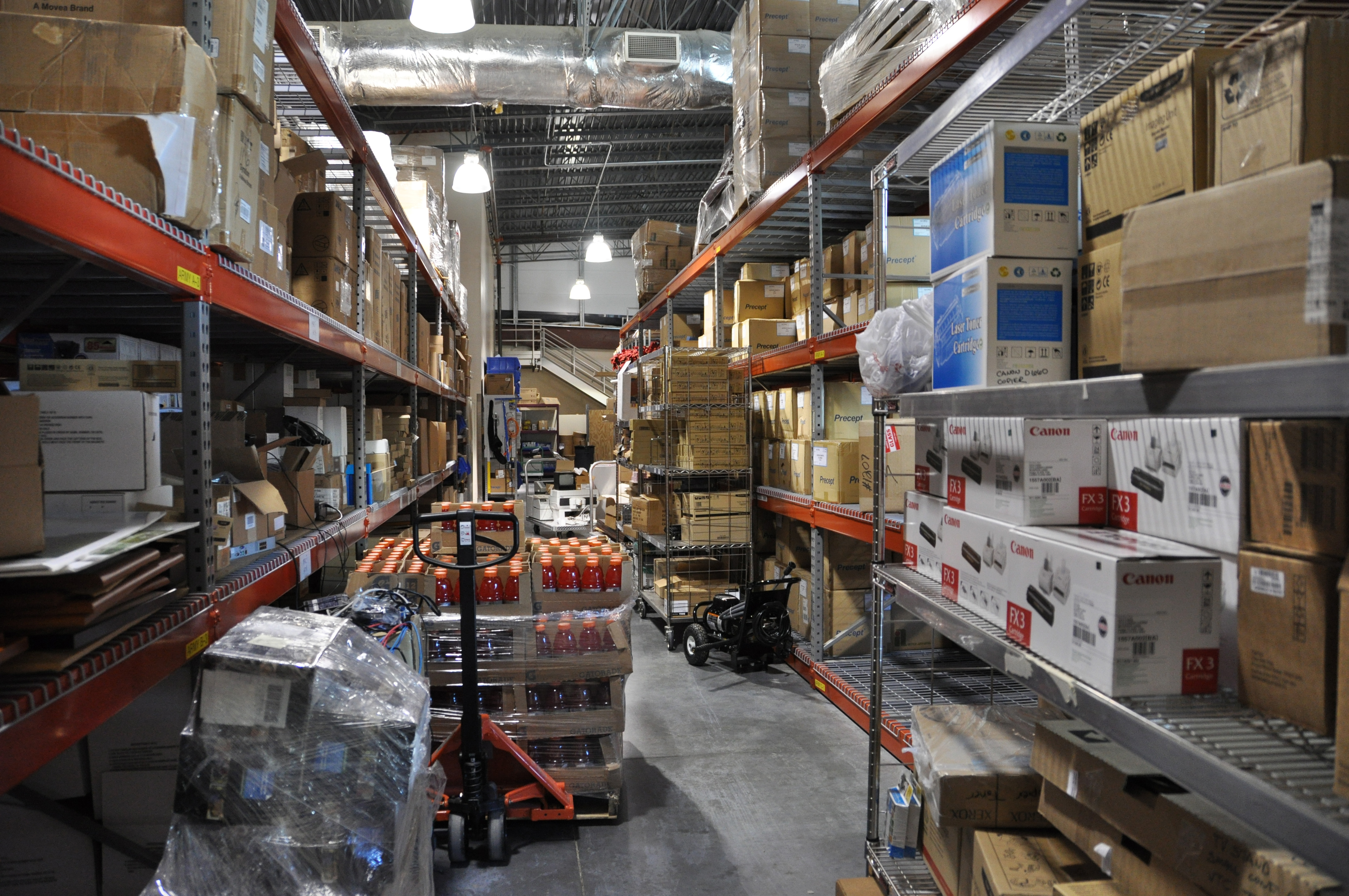How to Conduct an Inventory Audit
Post on Tuesday, January 2nd, 2018 in Accounting

Every year the inventory and warehouse of every company should undergo inventory audit. Such regular inventory audits help to identify and prevent any potential issues in the inventory area, and can be done by either internal or external auditors.
In this blog post, we are going to highlight the main warehouse audit procedures and see how to manage a warehouse effectively and efficiently.
First of all, let’s see which potential problems the auditor may encounter when auditing inventory:
- Damaged or obsolete items in the inventory.
- Accidental or intentional inventory miscount. Overcounting inflates the currently reported earnings, whereas undercounting reduces the reported income.
- Incorrect recording of the end-of-year cutoff that is related to inventory receipts and shipments.
- Omission of end-of-year liabilities because an invoice has not been received or because the company wants to improve its reported debt position.
- The client holds the inventory on consignment.
Auditing Inventory
An inventory audit typically consists of the following procedures:
- Evaluation of inventory count. To get familiar with the procedures that you use to count the inventory, the auditors will discuss the counting procedure with you, observe the “live” counts as they happen, count some of the inventory themselves, compare their counts with the amounts recorded and make sure that all inventory count tags were accounted for. If you have multiple inventory locations, they may check locations with significant inventory levels.
- Review of item costs. The inspectors will compare the amounts in recent supplier invoices against the costs that are listed in your inventory valuation reports in order to know where the purchased costs in your accounting records come from.
- Analysis of overhead costs. If you apply overhead costs to inventory valuation, then the auditors will verify that you are consistently using the same general ledger accounts as the source for your overhead costs, whether the overhead includes any abnormal costs, and whether you are consistently recording the overhead costs.
- Check of inventory ownership. During the inventory audit, the inspectors will review the purchase records to make sure that the inventory in your warehouse is actually owned by the company, unlike the customer-owned inventory or inventory on consignment.
- Audit of high value items. In case the value of some items in your inventory is unusually high, the auditors will count them in inventory to make sure that this value is correct and review valuation reports that are related to these items.
- Review of finished goods cost. The inspectors will review the bill of materials for a selection of finished goods items and test them to see if they show an accurate compilation and correct costs of the components in the finished goods.
- Cutoff analysis. The auditors will analyze how you handle the exclusion of possible extraneous inventory items by checking the last receiving and shipping transactions that occurred both before and after the physical inventory count.
- Check of the inventory in transit. If some of your inventory is in the process of transferring between locations, the inspectors may want to see your transfer documentation during the inventory audit.
- Check of inventory allowances. The auditors will define the relevance of amounts that you have recorded as allowances for obsolete or scrapped inventory, based on your historical patterns and reports.
- Review of inventory layers validity. In case you are using a FIFO/ LIFO inventory valuation method, the inspectors will check the inventory layers that you have recorded to verify their validity.
How to Run a Warehouse
When carrying out the inventory audit, the inspectors are also likely to check whether your warehouse is well organized. Therefore, we would like to share some tips for how to manage a warehouse tips for you to be prepared for the warehouse audit.
- Put the items that are picked most frequently along the main aisle, at ground level, or near the exit from the warehouse.
- Use automated identification tools, such as barcode scanners or QR code readers.
- Keep your warehouse locations clean and neat.
- Store one item per location.
- Use the inventory management software to automate the warehouse processes.
- Store your SKUs to use the available space with maximum efficiency.
- Conduct a monthly review of the low-selling and slow-moving items.
- Use warehouse consolidation best practices. Warehouse consolidation combines small shipments from a number of suppliers in the same geographical area into larger, more economical shipping loads intended for the same area. It results in lower shipping costs and lower inventory levels.
Now you have an understanding of what is going on during the inventory audit and how to manage warehouse inventory in order to be prepared for such audits. We hope that this information will help you during the future inventory audits.

Adam is the Assistant Director of Operations at Dynamic Inventory. He has experience working with retailers in various industries including sporting goods, automotive parts, outdoor equipment, and more. His background is in e-commerce internet marketing and he has helped design the requirements for many features in Dynamic Inventory based on his expertise managing and marketing products online.
Learn how Dynamic Inventory can streamline your business today!
Schedule a DemoRelated Articles
see all
An Overview of Dell’s Supply Chain Strategy
Dell entered the market in 1985, and evolved from a small, dorm-room based company in Texas to one of the …

How to Improve Your Warehouse Management System
A warehouse is not only a place to store your inventory. It also hosts all of the important logistics and …

How To Write Product Descriptions That Actually Convert To Sales
A product description should not just be a bland list of a product’s features. After the price of an item, a …

